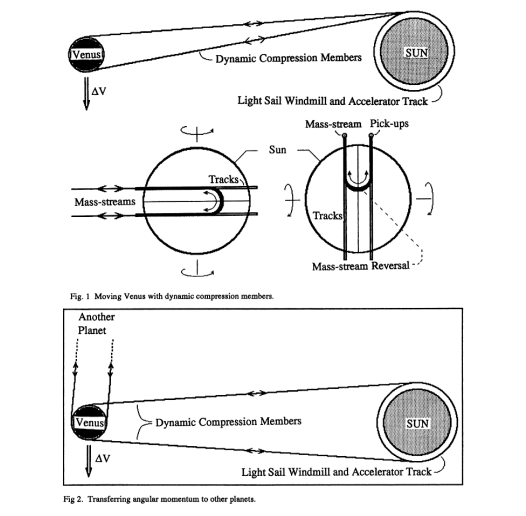Rocky planets are terrible. Convenient Earth like planets are rare, but most are too cold or too hot. They are covered with sand. I don't like sand. It's coarse, and rough, and irritating, and it gets everywhere.
Instead, our burgeoning K2 civilization doesn't bother with inhospitable planets anymore, when it can build trillions of nice climate controlled O'Neil cylinders with the perfect gravity levels and conditions for life. To build these, swarms of self-replicating Von Neumann probes are dispatched ahead of the colonization fleet and are tasked with breaking down the local planets into raw materials for use as construction materials.
Asteroids are a nice source of materials with their readily accessible mass, but asteroids only account a tiny fraction of a fraction of all the mass in the system; the rest is tied up in the strong gravity wells of planets.
So what is the most energy efficient method for our probes to break up the planets and get their materials out of the gravity well? A space elevator is nice, but a very complicated solution that relies on material manufacturing technology that does not yet exist. What about destabilizing the orbit of a moon and smashing it into the planet to "liberate" some of its mass? Could you "leverage" mass by using an asteroid to destabilize a small moon, which you use to alter the orbit of a planet so that in a thousand years it's orbit collides with another planet? Bonus points for creativity here and math based answers are always appreciated!


